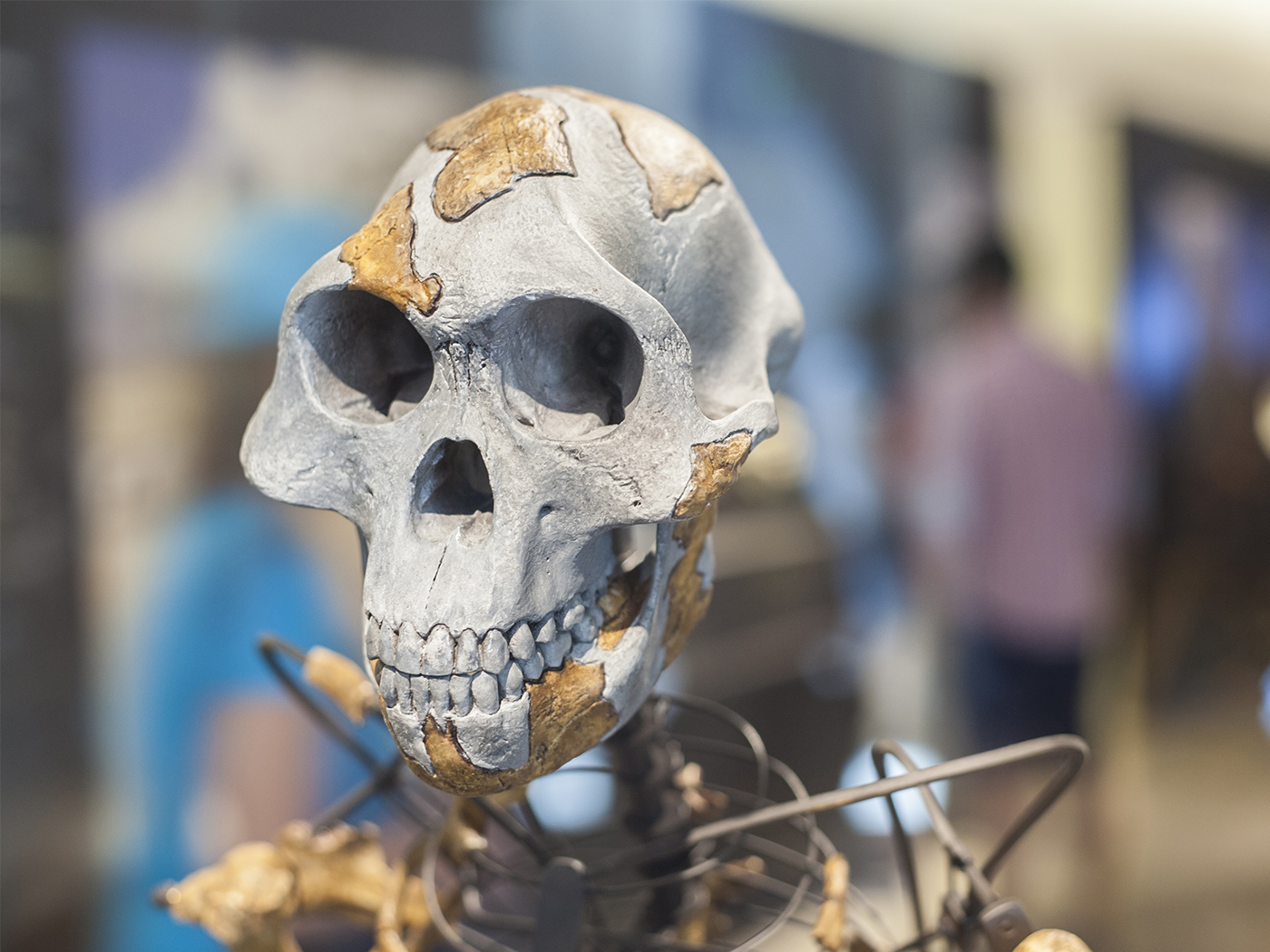Butterflies have made science news again, this time in regard to a master gene called WntA: “a combined team of researchers from Cornell University and The George Washington University, has characterized the cis-regulatory evolution of the gene WntA in nymphalid butterflies.”1
Cis-regulatory elements are sections of non-coding DNA which regulate the transcription (the copying of a segment of DNA into RNA) of nearby genes. Additionally, a Nature article states, “Cis-regulatory elements (CREs) have essential roles in development, and their divergence is a common cause of evolutionary change.”2
Divergent evolution is “the situation in which descendants of an ancestral group of organisms split into two or more groups that become increasingly different as time passes.” What this implies is that the “two or more groups” will evolve and change over time.3, 4
In addition to WntA, new discoveries regarding Lepidoptera genetics were also reported.
The researchers found that the WntA gene is a master gene, playing a critical role in the development of patterns that appear on butterfly wings. They found that its expression has an impact not just on color and patterns, but on the expression of several other genes located near it in the butterfly DNA.1
As laudable and significant as this discovery is, it reveals no evidence of real evolutionary change within the butterfly. Indeed, the fossil records shows butterflies have always been butterflies exhibiting minor variation such as different wing patterns.5
Regardless, the authors maintain that somehow butterflies evolved—supposedly from a non-butterfly ancestor.
In their study, published in the journal Science, the group used a variety of techniques to better understand how gene regulatory processes in a type of butterfly can allow for both deep homology and speedy adaption to environmental changes.1
Yet, there is nothing simple about gene regulatory processes as seen, for example, in embryonic development.6 In the butterfly—as in all other creatures—such regulatory processes are highly structured and the control systems must be extremely precise.
Speedy adaption to environmental changes is fundamental to the creation science model. Butterflies are dynamic creatures. By sensing the environment, they can rapidly solve challenges and adapt accordingly. They constantly monitor their environmental surroundings through multifaceted networks of sensors7and then rapidly deploy pre-programmed adaptive solutions. The butterflies have logic mechanisms and innate sensing systems that produce change within the created butterfly kind.
According to evolution theory, homology—deep or otherwise—is “Applied to an organ of one animal that is thought to have the same evolutionary origin as an organ of another animal, although the functions of the two organs may differ widely.”8 As creationists, we assume a common Designer, not a common ancestor.
The article stated,
Prior research has shown that patterns in the appearance of creatures such as butterflies and the structures behind them arise due to the influence of transcription factors and cis-regulatory elements (CREs.) But how such factors have evolved is still not very well understood.1 (emphasis added)
Creationists maintain complex transcription factors and CREs never evolved and therefore will never be understood from an evolutionary perspective. Evolutionists see changes within a species (minor change) and extrapolate such change beyond the species’ natural limits (macroevolution).9 But these natural limits prove consistent. The minor changes we observe do not—even in the fullness of time—lead to major changes.
Life scientists continue to discover incredible details of God’s clearly seen creation such as cis-regulatory elements, but attribute it to the creation, not the Creator.10
References
1. Yirka, B. Characterizing the cis-regulatory evolution of the gene WntA in nymphalid butterflies. Posted on Phys.org October 21, 2022, accessed October 25, 2022.
2. Wittkopp, P. and G. Kalay. 2012. Cis-regulatory elements: molecular mechanisms and evolutionary processes underlying divergence. Nature Reviews Genetics. 13, 59-69 (2012).
3. Allaby, M. 2020. Dictionary of Zoology. Oxford University Press. 196.
4. Sherwin, F. Speciation of Bears, Birds, and Bacteria is not Evolution. Creation Science Update. Posted on ICR.org July 5, 2022, accessed October 26, 2022.
5. Sherwin, F. Butterfly Evolution? Creation Science Update. Posted on ICR.org July 18, 2006, accessed October 26, 2022; Tomkins, J. Butterfly Wing Design Repudiates Evolution. Creation Science Update. Posted on ICR.org February 18, 2021, accessed October 26, 2022.
6. Tomkins, J. Embryology Gene Control Confounds Evolution. Creation Science Update. Posted on ICR.org April 15, 2013, accessed October 26, 2022.
7. Guliuzza, R. Engineered Adaptability: Creatures' Adaptability Begins with Their Sensors. Acts & Facts. 47 (3).
8. Allaby 291-92 (emphasis added).
9. Allaby 350
10. Romans 1:25
* Dr. Sherwin is Science News Writer at the Institute for Creation Research. He earned an M.A. in zoology from the University of Northern Colorado and received an Honorary Doctorate of Science from Pensacola Christian College.












